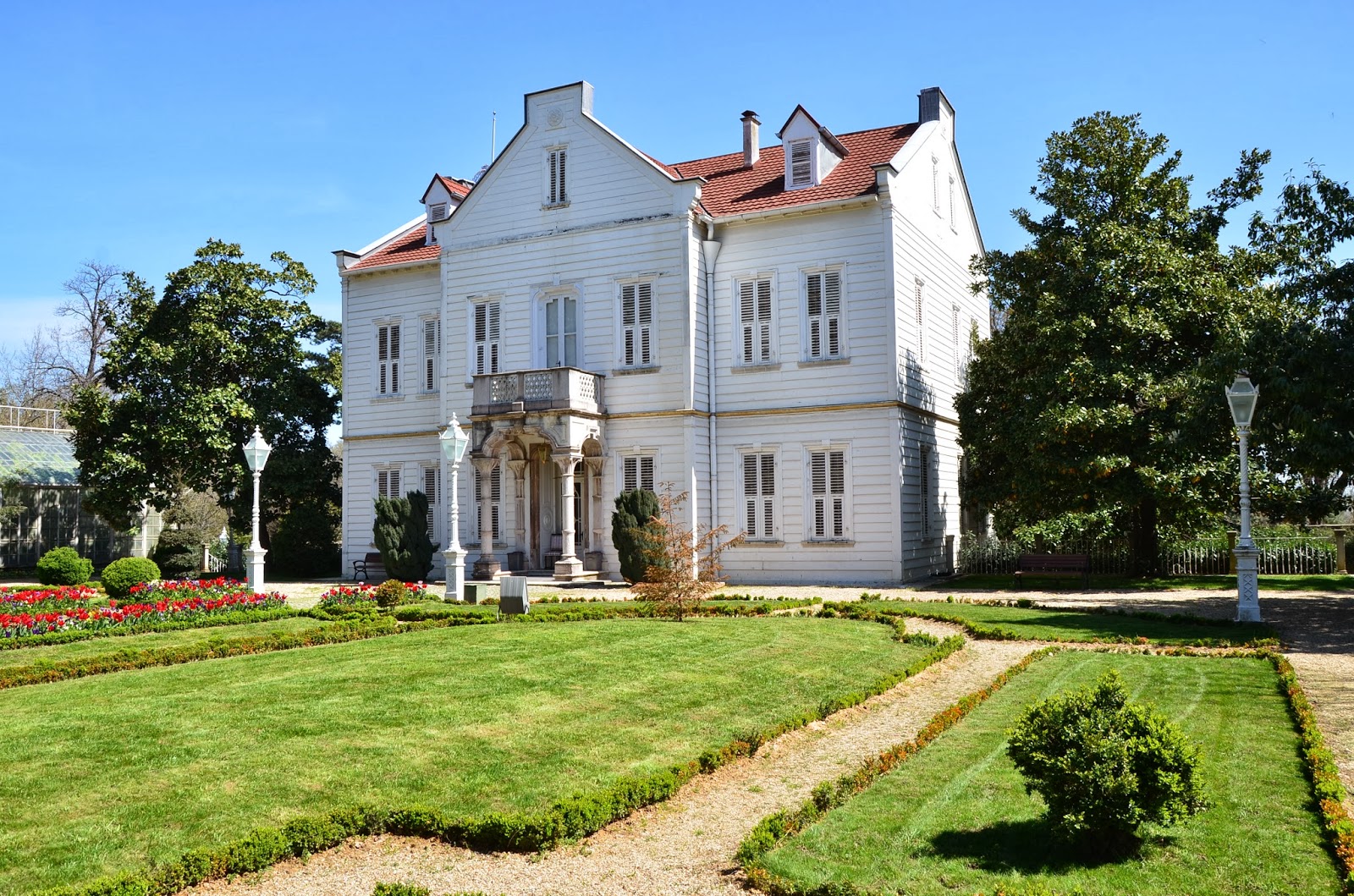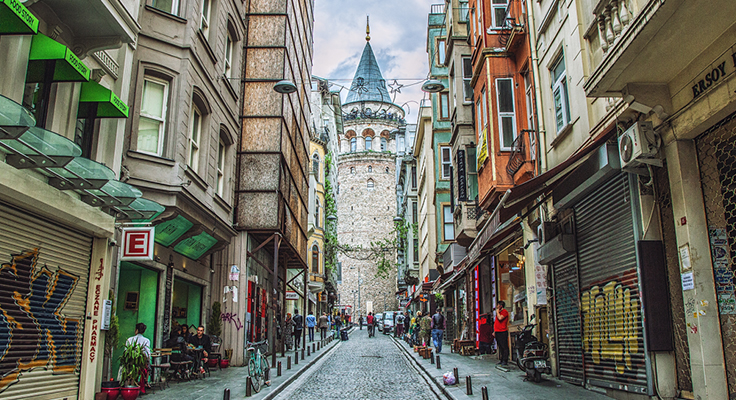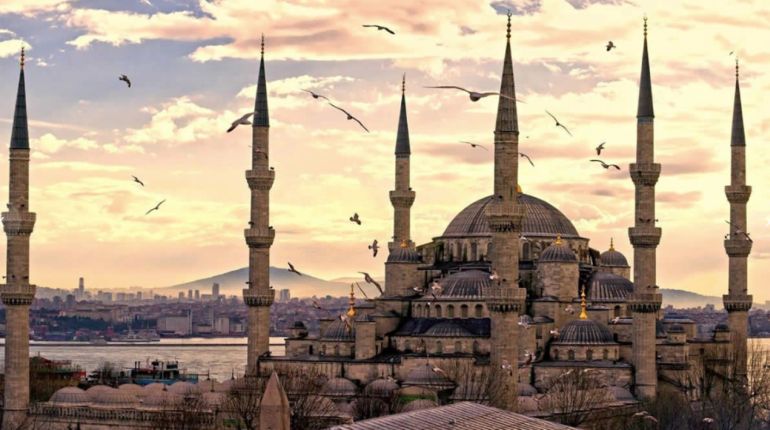Description
There is no clear information about the construction date of Maslak Pavilions, where Abdulhamid II (1876-1909) lived during his years as a prince, but it is known the first constructions in the region was ordered by Sultan Mahmud II (1808-1839), and various additions were made to the complex in the Sultan Abdülmecid period (1861-1876). Sultan Abdülhamid II and his family were granted the pavilion in 1868, and he made further developments on the land until 1876. Transforming into a large farm during this period, the Maslak Pavilions were named Çiftlikât-ı Hümâyûn (Royal Farms) after Abdülhamid’s ascension to the throne. The name of the pavilion is based on the water distribution reservoirs used for the water supply of Istanbul at the time.
An Elegant Sample of 19th Century Ottoman Architecture
In the course of time, a number of additional buildings were added to Maslak Pavilions, which developed as a group of buildings meeting different functions. Some of these buildings have survived to the present day and some have been demolished for various reasons. The Mabeyn-i Hümâyûn served as a reception area, the Kasr-ı Hümâyûn functioned as a harem, the Observation Mansion was used for equestrian activities. Covering an area of approximately 170 thousand square meters, the Maslak Pavilions further consisted of Servants’ Quarters, the Bathhouse, the Guard Room, the Telegraph Room, the Water Tank, the Horse Stall (Tavla), the Lemon Orchard, the Tent Mansion, the Birdhouse, the Gardener’s Quarters, and the kitchen called Matbah. Among these structures, Mabeyn-i Hümâyûn, Kasr-ı Hümâyûn, Servants’ Quarters, the Lemon Orchard building and the Tent Pavilion have survived to the present day. The use of the Turkish house characteristics adopted in the construction of the buildings represents elegant examples of 19th century Ottoman residential architecture and ornamentation. The camellias in the orchard gardens of Maslak Pavilions are known as the oldest of the species in Istanbul
Special Meaning of Maslak Pavilions
The reason for Maslak Pavilions being especially mentioned in conjunction with Sultan Abdülhamid II is the years he spent here and the impact of it on his life. It is reported that he lived a modest life with his family, intertwined with the people in the Pavilions. Abdulhamid was particularly interested in carpentry, gardening, farming and cultivating rare plant species in the greenhouses. Maslak Pavilions is also significant for being the venue where Sultan Abdülhamid was informed of his succession after his brother Murad V was dethroned. Remaining Sultan II. Abdülhamid's personal property until 1924, the compound was used as a military preventorium for the treatment of soldiers infected with tuberculosis between 1937 and 1982. Maslak Pavilions, which were transferred to the National Palaces after an extensive restoration in 1984, were opened to visitors as museum-palace and recreation complex. The gardens of the Pavilions are also used to organize national or international receptions.










